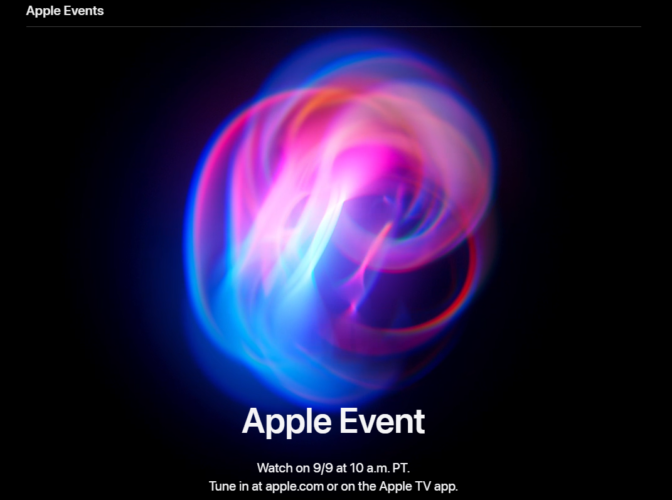- What is HTML5 and what are its features? Answer: HTML5 is a markup language used for creating web pages and applications. Its features include:
- Improved semantic tags for better document structure, such as <header>, <footer>, and <nav>
- Enhanced multimedia support, including video and audio elements
- Improved form controls, including new input types and attributes
- Geolocation APIs for location-based services
- Application cache for offline web applications
- Web storage for local storage of data within a browser
- What are the new semantic elements in HTML5? Answer: The new semantic elements in HTML5 include:
- <header>
- <nav>
- <article>
- <section>
- <aside>
- <footer>
- <figure>
- <figcaption>
- What is the difference between HTML and HTML5? Answer: HTML5 is the latest version of HTML (Hypertext Markup Language). HTML5 includes new features and improved capabilities compared to HTML, such as:
- Improved multimedia support
- Geolocation APIs
- Enhanced form controls
- Improved semantic tags
- Web storage and application cache
- Can you use HTML5 today in your web projects? Answer: Yes, HTML5 is widely supported by modern browsers, including Google Chrome, Mozilla Firefox, Apple Safari, and Microsoft Edge. Additionally, many older browsers, such as Internet Explorer 9, also support many of the key features of HTML5.
- What are the new form elements in HTML5? Answer: The new form elements in HTML5 include:
- <datalist>
- <output>
- <progress>
- <meter>
- New input types such as email, number, date, and search
- New attributes such as required, placeholder, and autocomplete
- What is the difference between HTML5 Canvas and SVG? Answer: HTML5 Canvas is a raster graphics technology, where images are created pixel by pixel. SVG (Scalable Vector Graphics) is a vector graphics technology, where images are created using mathematical formulas. Canvas is more suitable for complex animations and dynamic graphics, while SVG is more suitable for static graphics and illustrations.
- What are the new multimedia elements in HTML5? Answer: The new multimedia elements in HTML5 include:
- <video>
- <audio>
- <source>
- What is the purpose of the Application Cache in HTML5? Answer: The Application Cache in HTML5 allows web applications to be cached and available offline. This means that users can still access a web application even if they do not have an internet connection.
- What is the Web Storage feature in HTML5 and how is it different from cookies? Answer: Web Storage in HTML5 allows web applications to store data locally within a user’s browser. It is different from cookies in that it allows for much larger amounts of data to be stored, and the data is not sent with every request to the server.
- How do you implement geolocation in HTML5? Answer: Geolocation in HTML5 can be implemented using the Geolocation API. To use the API, you can call the navigator.geolocation.getCurrentPosition() method, which returns the user’s current location. You can then use this information to display a map, provide location-based services, or track the user’s location.
57












